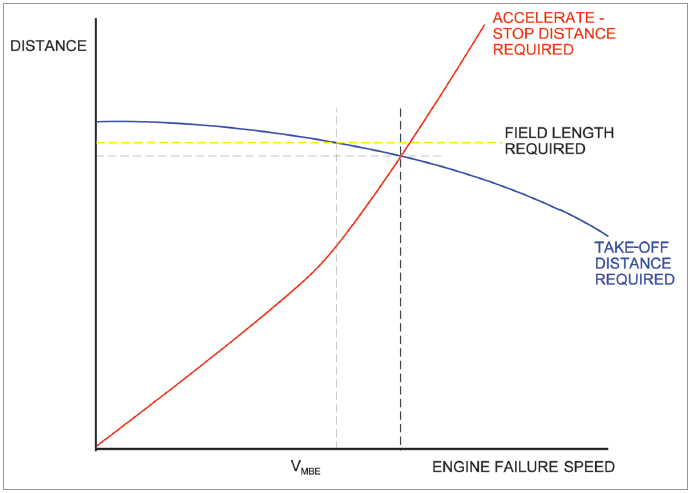We all know that V1 is limited by both the Vmcg (minimum control speed-ground) and the Vmbe (maximum brake energy). It is also affected by Vr (rotation speed). But that is for some other question. Firstly, V1 cannot be lower than Vmcg because if an engine fails below V1, the air flow over the vertical stabilizer and the rudder is not sufficient enough to control the aircraft. On the other hand, V1 cannot be higher than Vmbe because, if you try to stop the aircraft at a higher speed than Vmbe, the brakes can fail and in worst case catch fire.
If the density is lower, the Vmcg reduces because less thrust is produced by the engines. So, in an engine failure the amount of force that needs to be counteracted by the rudder against the live engine reduces. As, you have mentioned thus with reduced densities, Vmcg does not limit the V1.
It is the opposite for the Vmbe. A reduction in density reduces the value of Vmbe. So, if we consider a balanced field, the value V1 will be higher than Vmbe. As we have discussed before this is not an ideal situation. To ensure a safe take off hence, the value of V1 is reduced until it becomes less or equal to Vmbe. This will increase the TODR (Take off distance required) and reduce the ASDR (Accelerate stop distance required). Why does this happen? Any time, the V1 is reduced, the ASDA decreases and the TODR increases. The ASDA decreases because the lower the V1, the earlier it is assumed an engine will fail, so the less the aircraft is accelerated. Therefore, the lesser the acceleration, the shorter the aircraft can be stopped. The TODR increases because a reduced V1 just like before results in a reduced acceleration. It simply takes more distance to take off with one engine operative than with two.
To answer your question. At a lower density, the reduction in Vmbe means, you will have to reduce the value of the V1 to that of Vmbe to get the best field performance. The result is an increased TODR and a decreased ASDA. The total field length required increases because it is limited by the TODR.
The dark dotted line is the ideal V1 which occurs at the balanced field (ASDA = TODR). Here, the value of Vmbe is reduced due to a decrease in density. So, if you reduce the V1 to that of Vmbe, the TODR increases and the ASDA decreases. The yellow line is the total field length and it increases to account for the TODR.

